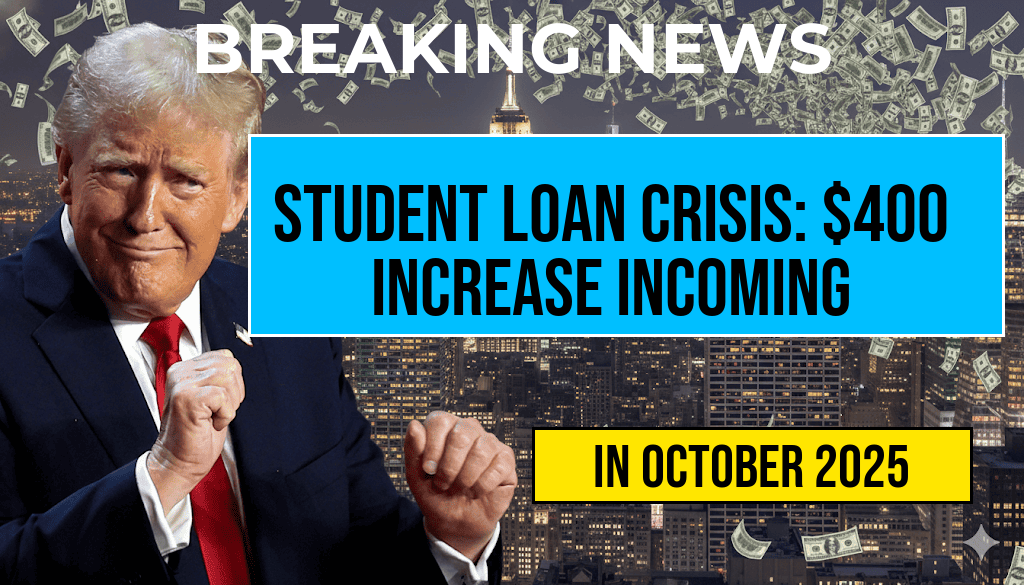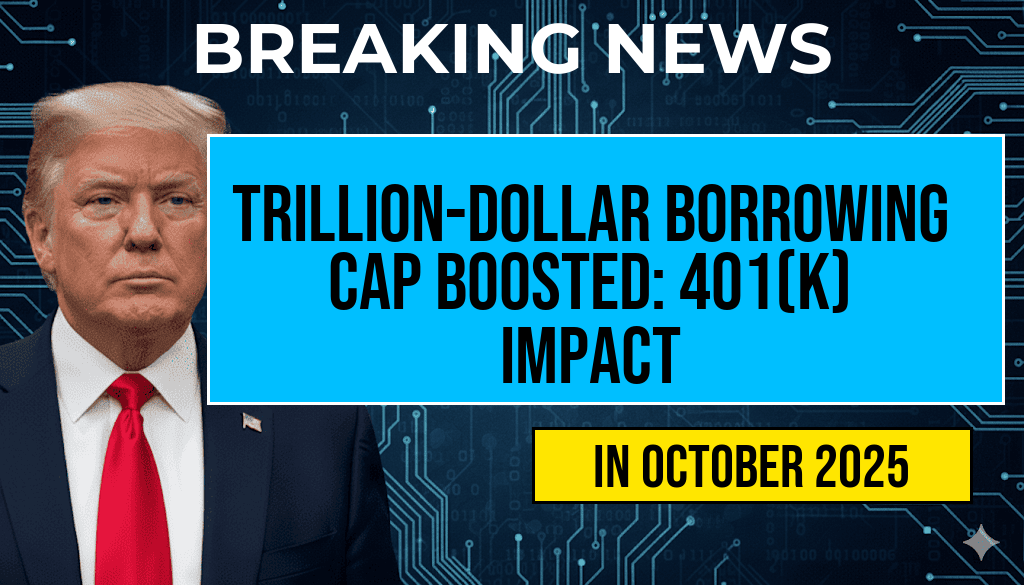Millions of student loan borrowers across the United States are bracing for a significant financial shift as upcoming changes to federal loan repayment plans threaten to increase monthly payments by approximately $400. This adjustment is part of a broader effort to reform the federal student loan system amid ongoing debates about affordability and debt relief. Borrowers with certain types of federal loans, particularly those enrolled in income-driven repayment plans, will be the first to experience these increases, potentially forcing many to reevaluate their budgets and financial priorities. As policymakers and consumer advocates scrutinize the impact, understanding who will be affected and how this change will influence the broader economy becomes crucial.
What Is Causing the Payment Increase?
Revisions to Federal Student Loan Policies
The impending increase stems from recent policy revisions by the Department of Education aimed at recalibrating repayment structures. Historically, income-driven repayment plans have capped monthly payments at a percentage of the borrower’s income, often leading to low or zero payments for those with limited earnings. However, new regulations are set to adjust these caps, aligning payments more closely with actual income levels and loan balances. This shift is designed to improve loan repayment sustainability but results in higher monthly obligations for many borrowers.
Impact of Interest Rate Changes
Another contributing factor is the adjustment in interest rates on federal student loans, which have seen modest increases in recent years. Although these rates are subject to legislative updates, even slight hikes can compound over the life of a loan, leading to higher monthly payments. This is especially true for borrowers who have not consolidated or refinanced their loans to lock in lower rates.
Who Will Be Affected First?
Borrowers Enrolled in Income-Driven Repayment Plans
- Students relying on Income-Based Repayment (IBR) and Pay As You Earn (PAYE) plans are poised to face the most immediate impact. These plans adjust payments based on income, making them more vulnerable to increases when income thresholds or interest calculations change.
- Those with public service loan forgiveness (PSLF) programs may also see payment adjustments, complicating their long-term forgiveness timelines.
Recent Graduates with Variable Income
- Recent graduates working in low-wage sectors or part-time roles could see a jump in their monthly obligations, potentially affecting their ability to save or invest.
- Graduates in fields with high student debt-to-income ratios—such as education, social work, or arts—are more susceptible to financial strain.
Long-Term Borrowers with Fixed Income
- Borrowers nearing the end of their repayment terms, especially those using graduated repayment plans, may find the increased payments challenging as they approach the finish line.
Broader Economic Implications
Impact on Consumer Spending
Higher monthly student loan payments could lead to a decline in discretionary spending among millions of Americans, impacting retail, housing, and automotive markets. Economists warn that a sustained increase in debt repayment burdens may dampen economic growth and consumer confidence.
Potential for Increased Default Rates
Financial stress from higher payments might push some borrowers toward delinquency or default, which could have ripple effects on credit scores and borrowing capacity. The Department of Education estimates that default rates could climb if the repayment adjustments are not accompanied by supportive measures.
Policy Response and Borrower Assistance
Temporary Relief Measures
In response to these changes, some federal programs have implemented temporary pauses or forbearance options. Borrowers are encouraged to consult the Federal Student Aid website for guidance on available options and to stay informed about upcoming deadlines.
Calls for Legislative Action
Lawmakers continue debating proposals to ease the burden, including broad student loan forgiveness initiatives and adjustments to repayment plans. Critics argue that the increased payments could disproportionately harm vulnerable populations, fueling calls for comprehensive reforms.
Summary Table of Affected Borrower Groups
| Group | Expected Impact | Typical Loan Type |
|---|---|---|
| Income-Driven Repayment Plan Borrowers | Monthly payments could increase by approximately $400 | IBR, PAYE, Revised Plans |
| Recent Graduates with Low Income | Higher payments may strain budgets and savings | Federal Stafford Loans, Perkins Loans |
| Long-term Borrowers Near Repayment Completion | Increased payments may challenge final payoff | Various federal loans |
As the landscape of federal student loan repayment shifts, borrowers, policymakers, and economic analysts will need to monitor the evolving impacts carefully. With millions already navigating financial uncertainties, the full effects of these changes will unfold over the coming months, shaping the future of student debt management in the United States.
Frequently Asked Questions
What is causing the recent increase in student loan payments?
The recent student loan payment increase is primarily due to changes in repayment terms and interest rates, which are impacting millions of borrowers across the country.
Who will be the first group to experience the $400 monthly payment hike?
The first group affected will be borrowers with the highest loan balances and those nearing the end of their repayment periods, as changes are phased in based on loan types and repayment plans.
How will this payment increase impact borrowers financially?
Many borrowers will face a significant $400 monthly increase in their payments, which could strain budgets and lead to financial challenges if not planned for accordingly.
Are there options available for borrowers struggling with the increased payments?
Yes, borrowers may qualify for income-driven repayment plans or forbearance options to help manage their increased payments and avoid defaulting.
What steps can affected borrowers take to prepare for the payment increase?
Affected borrowers should review their loan details, explore repayment options, and consider consulting with their loan servicers to develop a manageable plan before the payment increase takes effect.






